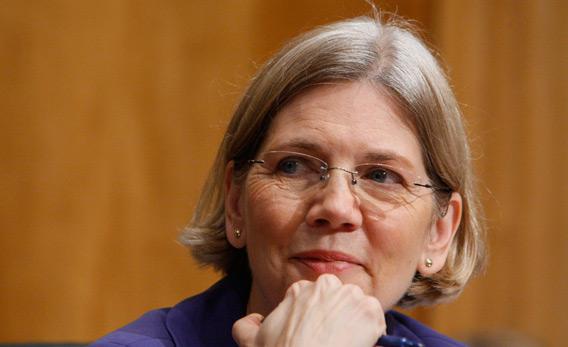Elizabeth Warren, the U.S. Senate candidate who claimed minority status during law school and as a young law professor, continues to insist that she is 1/32 Native American. Warren’s only proof is her mother’s word. Many American families have stories about Native American ancestors. How many really do?
At least a few percent of the population. While just 1.7 percent of Americans self-identified as either completely or partially Native American on the 2010 census, the Cornell University Genetic Ancestry Project used genetic tests to identify Native American heritage in between 4 percent and 5 percent of the 200 undergraduates studied. That sample isn’t necessarily representative of the general population, because the students who volunteered themselves were likely curious about their backgrounds, but other projects of approximately the same size have produced similar findings. There doesn’t seem to be much correlation between an individual’s expectation and their actual ancestry, however. Many of the Cornell students who were found to have Native American blood expected to be exclusively European, and geneticists say the overwhelming majority of white Americans who expect to find Native American ancestry in their DNA are disappointed.
But it’s impossible to come up with a meaningful rate of Native American heritage using DNA tests, at least for the moment. Using genetic material from the mitochondria (which is passed from mother to child) and from the Y-chromosome (passed from father to son), it’s possible to trace ancestral origins along the male and female lines that run down each side of a person’s family tree—his mother’s mother’s mother, his father’s father’s father, and so on. But progenitors anywhere in the middle, which constitute the overwhelming majority of a person’s ancestry, are harder to trace, especially as the tree broadens. Geneticists are constantly improving their odds by identifying more telltale sequences that might survive the reshuffling across multiple generations, but the science is still young.
The weakness of the genetic tests poses an even bigger problem when you’re looking for Native American ancestors. Native Americans have been reluctant to participate in genetic testing, which means scientists don’t have many reliable markers for that population. In addition, the genetic profiles that have been conducted show that many card-carrying members of certain tribes, such as the Cherokee, have more European ancestors than Native American ancestors. That means even the small number of Native American genetic markers we know of aren’t present in large segments of the population, making it difficult to find evidence of Native American DNA in people like Elizabeth Warren. That’s part of the reason that most Native American tribes have resisted using ancestral genetic analyses to determine membership. Tribal membership has more to do with the culture and location of one’s ancestors than precisely how many of their relatives can be traced back to the Bering land bridge.
Just fewer than 2 million people are enrolled in Native American tribes, representing about 0.7 percent of the population. That’s not a reliable estimate of how many people have Native American ancestry, however. Each tribe has its own rules about the “blood quantum” required for membership, and some qualified people have not enrolled in a tribe.
Got a question about today’s news? Ask the Explainer.
Explainer thanks Charles Aquadro of Cornell University, Kimberly Tallbear of UC-Berkeley, and Spencer Wells of the Genographic Project of the National Geographic Society.
